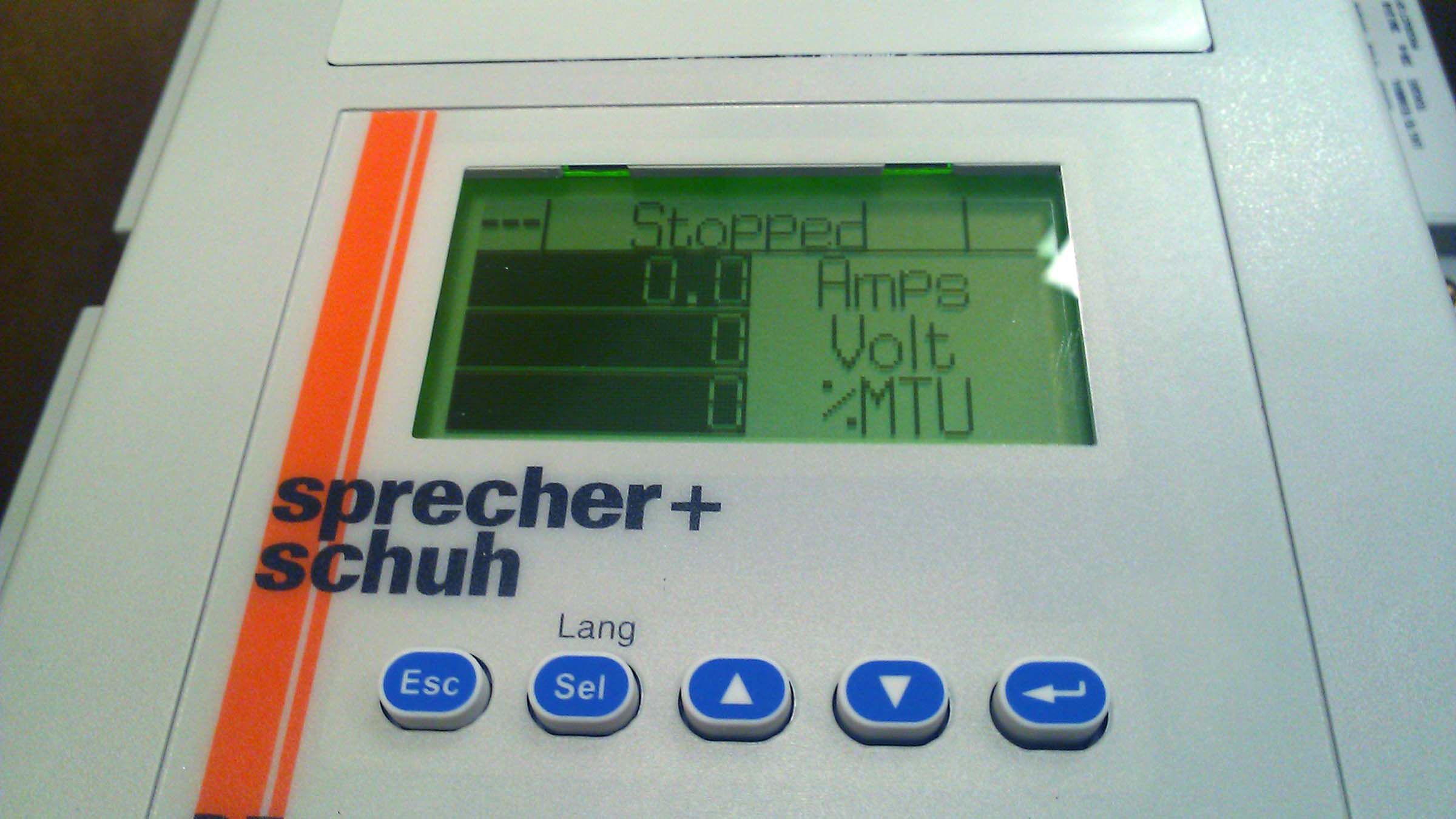Things To Consider When Sizing Generators For PCS Or PF Softstarters
Question:
What considerations need to be taken into account with regards to the sizing of a generator for use with PF/PCS Softstarters?
Answer:
It is important to note that the sizing of the generator is the sole responsibility of the customer, integrator, or engineering firm designing the system. Factors such as short and long term power requirements, power stability under varying loads, or possible future expansion should be taken into account when determining the necessary capacity of a generator.
One of the largest misconceptions is that just because the PCS/PF Soft Starter can be adjusted to perform a 100% current limit start, the generator only needs to be sized for this power requirement. While this method is applicable in theory, it is not practical for a few reasons. The first is basic physics. The amount of current required to start the motor is determined by the load, while the amount of time it takes to accelerate the motor to full speed changes depending on many factors (i.e. motor torque/speed characteristics, load variations, supply voltage). In some cases the motor may be able to start at 600% current in less than 2 seconds, but at 150% current it may take 15 or 20 seconds. Under this scenario it is important to ensure that the generator can handle this current draw for extended periods and still maintain the system voltage and frequency. The PCS/PF Softstarters can be very sensitive to frequency fluctuations or instability that deviates from the 47 to 63 Hz product specification. Deviations that exceed this range can cause the PCS/PF Softstarters to ignore a start command or fault if already running.
Another consideration arises when we recognize that the PCS/PF Soft Starter is not a true current limiting device (only limits voltage), therefore if the motor draws more than 100% current at a particular voltage the PCS/PF Soft Starter will try to provide it. If the load requires more current than the generator can offer, problems such as line distortion, frequency fluctuations and low-voltage conditions can occur. The result of these conditions can cause the PCS/PF Soft Starter to fault on perceived power problems.
The last consideration is applicable regardless of the power supply and consists of choosing the right starting method for the type of load. Most loads fit into one of two categories. The first type is constant torque, which is commonly found in high inertia applications such as fans (inlet restricted), centrifuges, and large flywheels. These applications typically require a current limit start which holds the voltage constant over the starting duration. The second category is referred to as dynamic loads, where the torque requirement increases with motor speed. Common applications are fans (unrestricted), pumps, and compressors. This type of application is best started using a soft start which gradually ramps up the voltage from an initial level up to 100% voltage over the starting time. The consideration with a soft start is that the current is going to rise over the duration of the start time.
Some additional considerations are as follows:
- Can the motor be started at a reduced voltage with and without a load applied (i.e. 150% current)
- Generator regulation and responsiveness can cause nuisance line fault trips
- Timing the start of the generator and the PCS/PF Soft Starter coming online (Some generators require a warm up time before they should be loaded)
- Multiple motors on one generator could induce problems if they are all started at the same time
- Other components on the system like AC Frequency drives can produce electrical noise that can cause an PCS/PF Soft Starter to fault
While taking the application considerations above into account can help reduce start-up issues, the best recommendation is to size the generator so what the motor could be started across the line (approximately 600%). This practice ensures that the generator has sufficient capacity and if there is ever a problem with the PCS/PF Softstarter, the customer would be able to use a bypass contactor to start and run the motor. In applications where the motor is completely unloaded at start-up or very lightly loaded (oversized motor) it may be possible to size the generator smaller. In general a designer should avoid sizing the generator less than 3 times the FLA of the motor.
Summary: This document contains an explanation of some of the considerations for using PCS/PF Softstarter with Generated Power Systems. Designing and understanding these considerations can help reduce start-up issues, but the best recommendation is to size the generator so that the motor could be started across the line (approximately 600%). In some cases it may be possible to size the generator smaller, but sizing the generator for less than 3 times the FLA of the motor should be avoided.
For additional information please contact your nearest authorized distributor, sales representative, or call our customer service or technical support lines.
